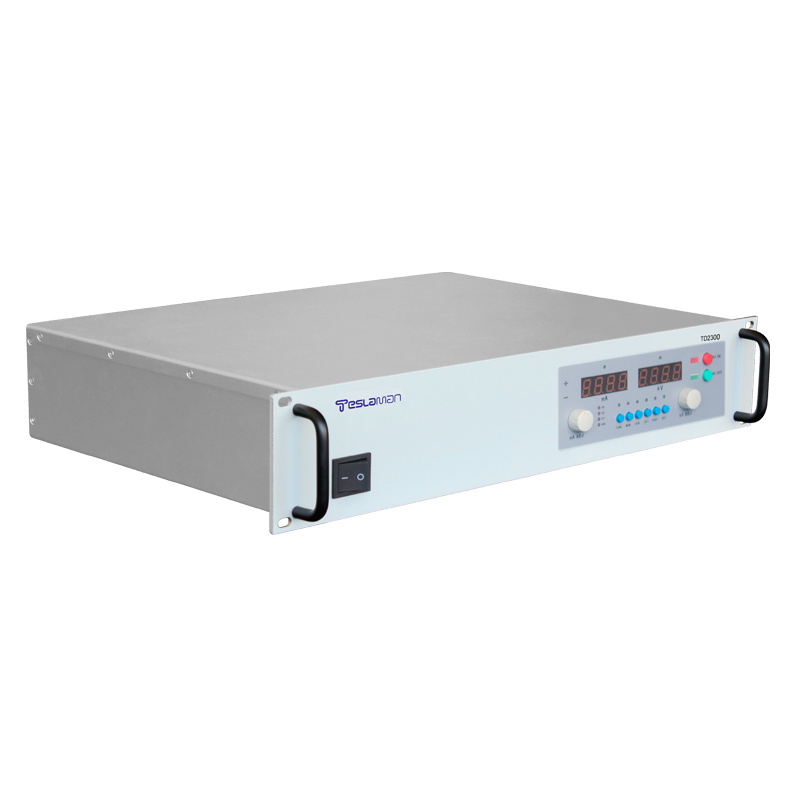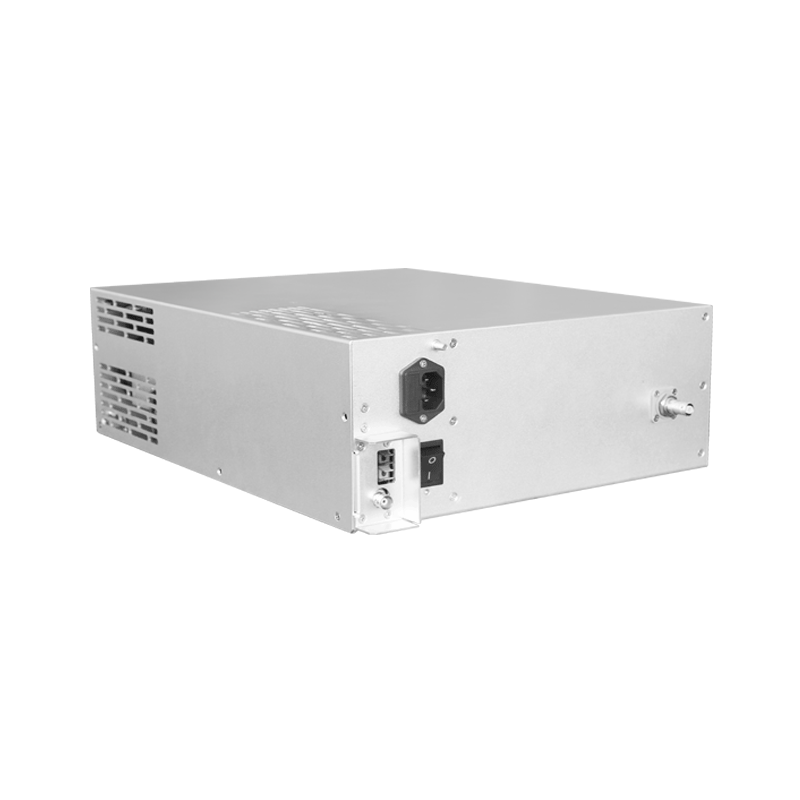Application Performance Verification of High-Voltage Module Power Supplies in Laser Communication Systems
With the rapid development of technology, laser communication technology is increasingly applied in modern communication fields. As one of the key components of laser communication systems, the performance of high-voltage module power supplies directly affects the stability and reliability of the entire system. This article will professionally verify the application performance of high-voltage module power supplies in laser communication systems.
I. Overview of High-Voltage Module Power Supplies
A high-voltage module power supply is a device that converts an input low voltage into a high voltage output. It features small size, light weight, high efficiency, and stable output, and is widely used in various occasions requiring high-voltage power supply. In laser communication systems, high-voltage module power supplies are mainly used to provide stable working voltages for lasers to ensure their normal operation.
II. Introduction to Laser Communication Systems
A laser communication system is a communication system that uses lasers as carriers for information transmission. It has advantages such as high transmission rate, long transmission distance, and strong anti-interference ability, and is widely used in fields such as satellite communication, deep space exploration, and optical fiber communication. In laser communication systems, the performance of lasers directly affects the communication quality of the entire system.
III. Application Performance Verification of High-Voltage Module Power Supplies in Laser Communication Systems
To ensure the stable operation of high-voltage module power supplies in laser communication systems, we need to verify their application performance. The main verification contents include the following aspects:
1. Output Voltage Stability Verification
Output voltage stability is an important indicator to measure the performance of high-voltage module power supplies. In laser communication systems, lasers require stable working voltages to ensure stable output power and wavelength. We can evaluate the output voltage stability of high-voltage module power supplies by measuring the output voltage fluctuation range under different load conditions.
2. Ripple Noise Test
Ripple noise refers to the AC component contained in the output voltage. In laser communication systems, excessive ripple noise can cause laser output power fluctuations, affecting communication quality. We can assess the level of ripple noise by using an oscilloscope to measure the output voltage waveform of the high-voltage module power supply.
3. Efficiency Test
Efficiency refers to the ratio of the output power to the input power of the high-voltage module power supply. In laser communication systems, efficient power supplies can reduce system power consumption and improve energy utilization. We can calculate the efficiency of the high-voltage module power supply by measuring the input power and output power under different load conditions.
4. Thermal Performance Test
In laser communication systems, high-voltage module power supplies need to operate stably for a long time, so their thermal performance is crucial. We can evaluate the thermal performance by measuring the temperature rise of the high-voltage module power supply under different ambient temperatures.
IV. Conclusion
Through the verification of the application performance of high-voltage module power supplies in laser communication systems, we can draw the following conclusions: High-voltage module power supplies perform well in terms of output voltage stability, ripple noise, efficiency, and thermal performance, meeting the needs of laser communication systems. In practical applications, we also need to choose appropriate high-voltage module power supplies according to specific usage environments and requirements to ensure the stable and reliable operation of laser communication systems.




















